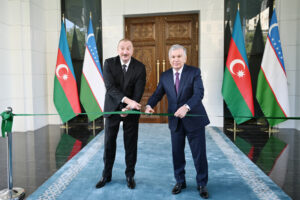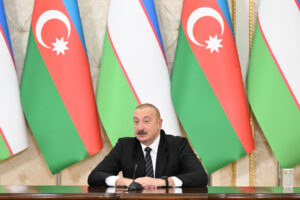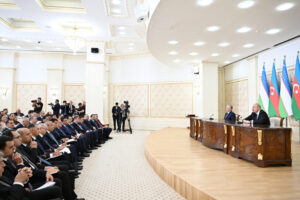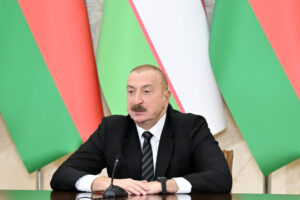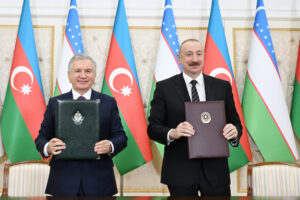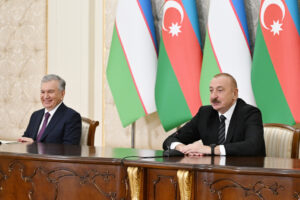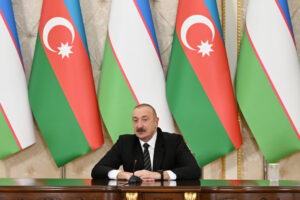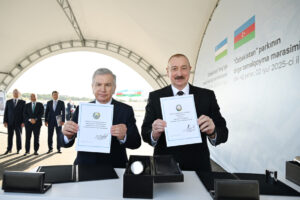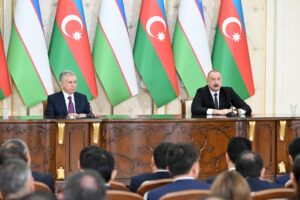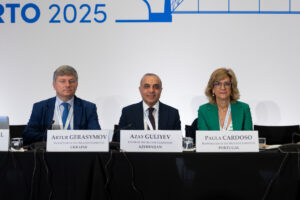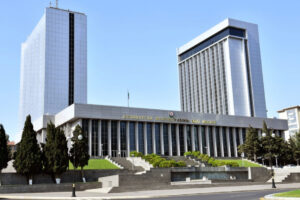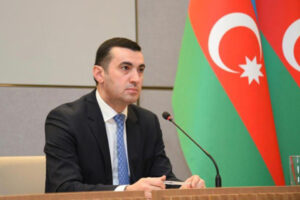Tokyo, 16 October, /AJMEDIA/
Japan is nearing a “major turning point” in setting in motion a virtuous cycle of price and wage hikes, Bank of Japan board member Asahi Noguchi said, though he added that monetary easing is still needed to achieve desirable inflation.
“For achievement of the (BOJ’s) 2 percent inflation target in a sustainable and stable fashion, nominal wage growth should clearly exceed 2 percent as an established trend,” Noguchi told business leaders in Niigata Prefecture, calling the biggest pay hikes in about three decades seen in this year’s wage negotiations a “breakthrough.”
“The biggest focus now is whether this wage hike momentum will be maintained or not,” he said.
Some BOJ board members have recently expressed more confidence in future wage growth, a critical issue in its quest to ensure stable inflation. In the most recent policy meeting in September, some members said the latter half of fiscal 2023 would be critical in determining if the inflation goal is achievable.
Japan’s headline inflation has remained above 2 percent for over a year, due largely to higher costs of imported energy and raw materials. The BOJ has maintained that such cost-push inflation will ease, and ultralow rates are needed to support wage growth and the broader economy.
This year’s annual shunto negotiations between labor unions and management resulted in an average 3.58 percent pay hike.
With real wage growth in negative territory amid elevated prices, Noguchi said growth needs to turn positive, helped by the diminishing effects of rising import prices and further wage hikes.
“The BOJ’s mission for the time being is to realize such an environment as soon as possible, by continuing patiently with monetary easing,” he said.
In its outlook report due out in late October, the BOJ is considering raising its inflation outlook for fiscal 2023 to next March from the current 2.5 percent to near 3.0 percent, sources close to the matter have said.















